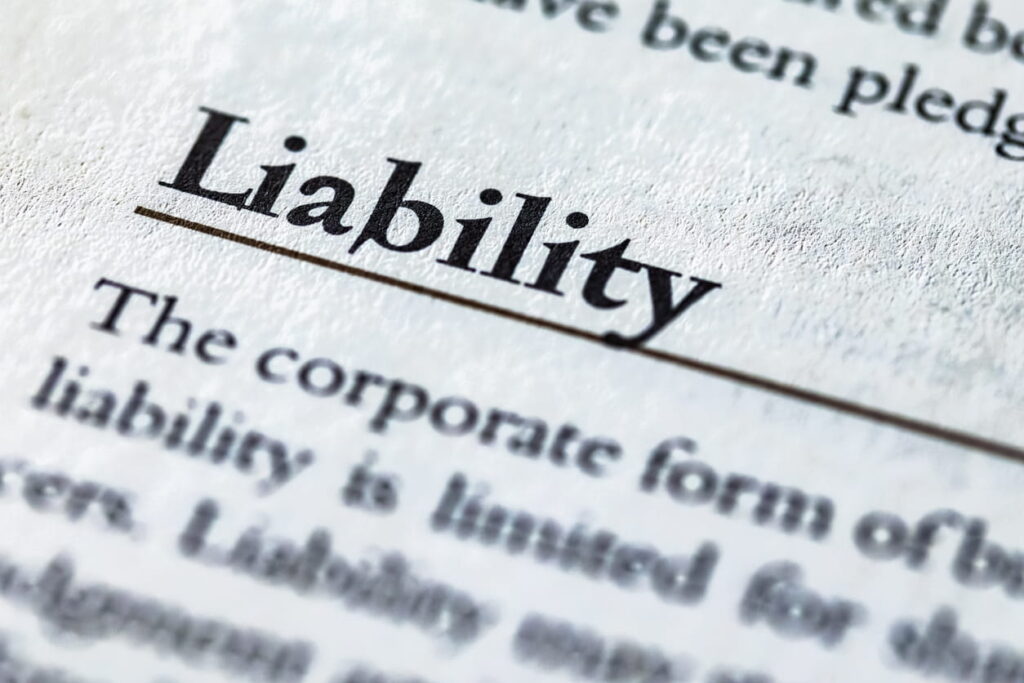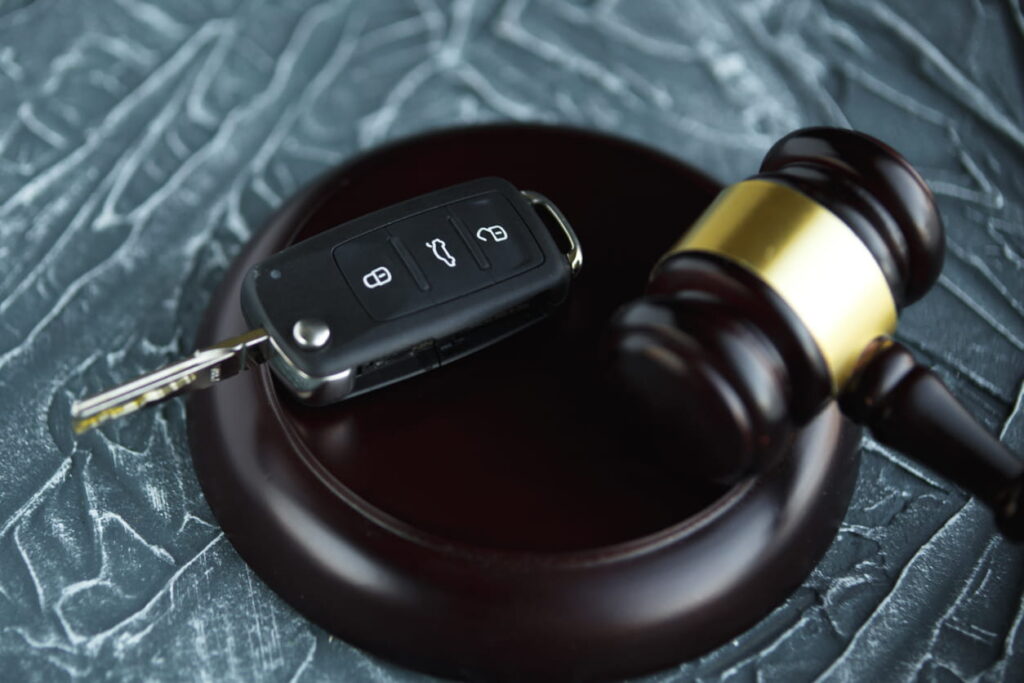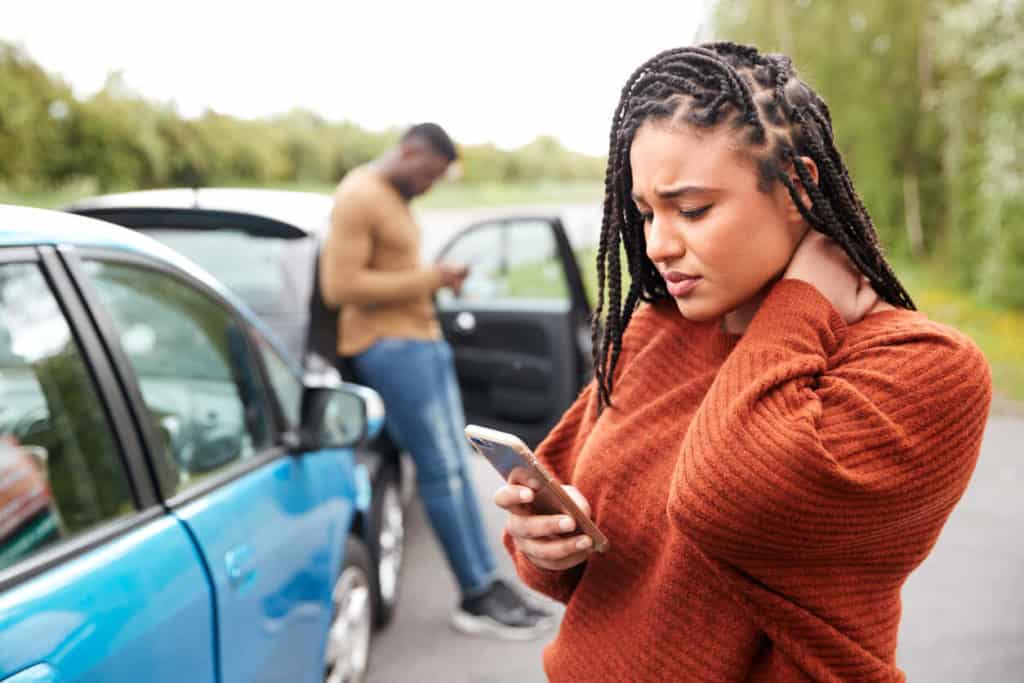Car Accident Lawsuit Process

The car accident lawsuit process is a legal procedure for individuals who have suffered injuries or property damage due to another driver’s negligence. It involves filing a claim against the responsible party and seeking compensation for medical expenses, lost wages, pain and suffering, and other related damages.
By understanding this process, victims can navigate through their cases more effectively while working toward obtaining rightful compensation for their losses with assistance from a qualified car accident lawyer.
Starting the car accident lawsuit process
The car accident lawsuit process begins when the injured party files a legal claim for damages. The first step is to consult an experienced personal injury attorney specializing in car accident cases. The attorney will evaluate the case’s viability and determine if there are sufficient grounds for a lawsuit.
Once it’s decided that moving forward with a lawsuit is appropriate, your attorney will gather evidence to support your claim. This evidence will help establish liability and demonstrate the extent of damages suffered.
Next, your attorney will draft and file a formal complaint in court against the responsible party. This document outlines the basis for your lawsuit, including allegations of negligence, the damages you have suffered, and the compensation you seek. The complaint is then served to the defendant, who has a specified period to respond.
Both parties can begin the discovery process once the defendant acknowledges or answers your complaint. This involves exchanging information and evidence related to the case. Depositions may be conducted where witnesses give sworn statements under oath.
Car accident lawsuit settlement process
During the discovery stage, negotiations with insurance companies often occur in an attempt to settle without going to court. Your attorney will discuss with the insurance company representatives on your behalf and work toward a fair settlement covering all your losses.
Negotiating a settlement usually involves the following steps:
- Demand letter: Your attorney will prepare a demand letter outlining your injuries, damages, and the amount you seek as compensation. This letter is sent to the defendant’s insurance company.
- Counteroffer: The insurance company will review your demand and make a counteroffer if they believe your requested amount is too high or if they dispute liability
- Negotiations: Your attorney will negotiate with the insurance adjuster to reach a fair settlement. This can involve multiple discussions and negotiations as both parties work toward an acceptable resolution.
- Mediation: Mediation may be recommended if the initial negotiations do not result in a settlement. A neutral third-party mediator will facilitate discussions between you and the defendant’s representatives to try and reach a resolution. The mediator makes no final decisions but helps facilitate compromise and understanding.
- Settlement agreement: If an agreement is reached, your attorney will draft a settlement agreement outlining the terms, including the amount of compensation and any other relevant conditions or requirements
- Release of claims: Once both parties have signed the settlement agreement, you will receive your agreed-upon compensation in exchange for releasing all present and future claims against the defendant and their insurance company
Your attorney will advise you whether accepting a settlement offer is in your best interests.
Car accident lawsuit going to trial
The case proceeds to trial if a fair agreement cannot be reached. However, it is worth noting most car accident lawsuits are resolved through settlement. Throughout the trial process, up until the verdict, settlement negotiations can continue, and a settlement may be achieved.
Keeping that in mind, a car accident lawsuit that goes to trial usually proceeds as follows:
- Jury selection: This process ensures that you have an impartial jury to hear your case
- Opening statements: The trial begins with each side making opening statements. Your car accident lawsuit attorney speaks directly to the jury about the evidence, the facts, and what the jury can expect to hear and see as the trial progresses. Next, the defendant’s attorney will make their opening statement.
- Plaintiff’s case: The plaintiff presents their case to the jury first. This involves submitting evidence and calling witnesses. Your car accident lawyer will admit certain pieces of evidence directly, such as photographs or medical bills. Witnesses are called to answer questions under oath. Witnesses can also substantiate pieces of evidence like weather conditions. The defense also has the opportunity to question the witnesses during cross-examination.
- Defendant’s case: After the plaintiff presents their case, it’s time for the defense to present their case. If the plaintiff hasn’t proved their case, they can ask for a dismissal. Alternatively, the defendant calls witnesses and presents their evidence. The plaintiff also gets to cross-examine the defendant’s witnesses.
- Rebuttal: After each party presents their case, the plaintiff can rebut the defense. The plaintiff can call more witnesses or admit other pieces of evidence. Then, it’s the defense’s turn to rebut. The parties go back and forth with rebuttal until they are satisfied.
- Closing arguments: Once rebuttals are finished, each side gets to make a closing argument to the jury. The plaintiff’s attorney goes first. They summarize the evidence presented and how it proves their side of the case. They ask the jury to reach a verdict in the plaintiff’s favor. Next, the defense then makes its closing argument and asks the jury to find in favor of the defendant.
- Jury instructions: The judge will give specific instructions to help the jury evaluate the facts and appropriately apply the law. However, both sides can ask the judge for specific instructions.
- Jury deliberations: Next, the judge dismisses the jurors to deliberate in private. The jury can take all the time they need to decide. If they have questions, they can ask the court. They can also review pieces of evidence. Once they reach a verdict, the jury returns to the court and reads it publicly in open court.
- Post-verdict actions: When the case ends, the defendant can file an appeal or pay the judgment. There may be specific steps to collect the judgment, like signing a release. If the court finds in favor of the defendant, the plaintiff can also file an appeal. Once appeals are completed and the verdict is satisfied, the case ends.
Car accident lawsuit questions
Get help filing a car accident lawsuit

When you need assistance filing a car accident lawsuit, get help from Bachus & Schanker and our car accident lawyers. Our caring and compassionate attorneys offer professional legal advice and guidance. We will fight for your rights and seek the compensation you deserve. Let us navigate the legal complexities while you focus on your recovery.
Sources:
Negligence. (2023).






